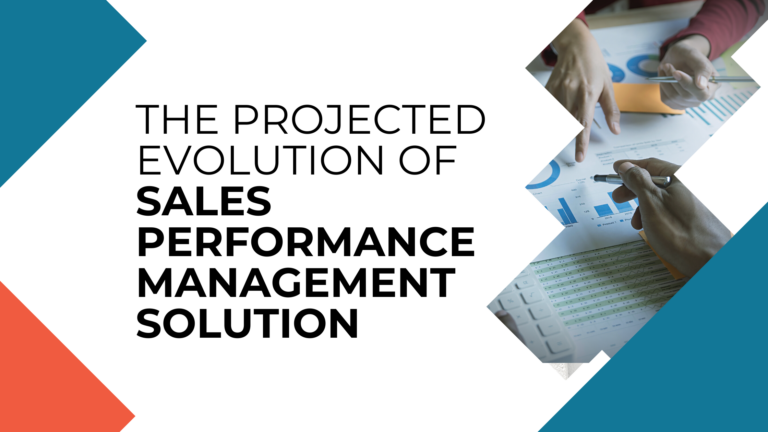There has never been so much data available for decision making. In “The Digital Universe in 2020”, IDC predicted that, in 2020, there will be around 40 trillion gigabytes of data. The sheer amount of data has been overwhelming for companies to collect, organize and mine for usable insights. But this data boom has brought to life a data-driven mindset where organizations are keen to leverage the available information to enable accurate decision making. However, this corporate culture shift is not without its dangers.
Here we discuss the common pitfalls, known as data biases, that lead even the savviest organizations down the hole of inaccurate data analysis, skewed insights and gravely compromised business decisions.
The following at the 3 most common types of biases evident in data analysis today:
Information Bias
Arguably the most important facet of data analytics, data collection is highly prone to information bias. Accurate analysis hinges on the comprehensiveness of data. The more exhaustive the information, the higher the likelihood of determining precise data correlations and root causes of outcomes. Information bias consists of missing crucial data or misclassification of information gathered. A good example of this was when two groups were assigned to run the same sales win-loss analysis. Group A and Group B were tasked to answer the question “why do we win some deals and lose others”. Both were given the same set of questions with slight variations. But the correlation results at the end of the experiment were vastly different.
Group A’s result pointed to product features whereas Group B reported previous use of competitor software as the most common reason for losing sales. It turned out that while Group A had gathered the same information, the data had been misclassified as product features rather than the customer’s tendency to lean towards the familiar features and product interface.
Based on the analysis outcome of Group A, the company would have invested in spending time and effort on missing product features. On the other hand, results from Group B would have driven the company to assess how to address the issue of familiarity in sales cycles when dealing with customers who have used competitor software.
Confirmation Bias
The most common bias of all, confirmation bias occurs when the data analyst tries to prove a predetermined assumption. As humans, we naturally favor data that confirms our assumptions and tend to be more critical of data that disproves our beliefs. Confirmation bias affirms this natural tendency. This type of bias could be a product of a team trying to support a particular conclusion or what type of conclusion makes the most sense in the mind of the data analyst. Regardless of the cause, this bias can lead to a significantly skewed analysis with damaging results.
Questions such as “why do some sales reps outperform others” are usually subject to answers such as “the sales reps have been in the workforce for a long time and are experienced to navigate the most difficult sales effectively”. While this assumption may be partly true, it hinders the objectivity of analysis due to a preconceived notion. It may be that the sales reps that generally outperform others have a particular personality attribute or territory assignment. This knowledge, if uncovered, could change the fundamental hiring criteria for sales reps or beg the question of whether territory assignments are truly optimized.
Selection Bias
In selection bias, the data is selected subjectively rather than objectively making the sample non-random. This results in the sample not being a good representation of the larger population and results in skewed insights.
A good example of selection bias is demonstrated in customer panels at conferences. While these customers have valid opinions and insights, they are not able to represent the entire population. Let’s say you are listening to a customer panel on managing sales performance effectively. You have customers from the manufacturing & medical device industry on the panel. If the audience at the conference comprises of manufacturing, medical device, healthcare, tech and retail, the sample customer panel will not be able to speak to the challenges of managing sales performance in the healthcare, tech and retail industries making it a sample that does not represent the entirety of the population.
Similar to our example, many businesses still capture only a fragment of the data available in their industry or market. This means there is a high likelihood that their data itself and the subsequent analysis. Consequently, businesses are making critical business decisions based on incomplete data and inaccurate insights.
Contact us today to learn how InnoVyne Technologies helps organizations gain unprecedented insights into their sales, HR and compensation data so that companies can identify and manage the right levers to drive business growth.



